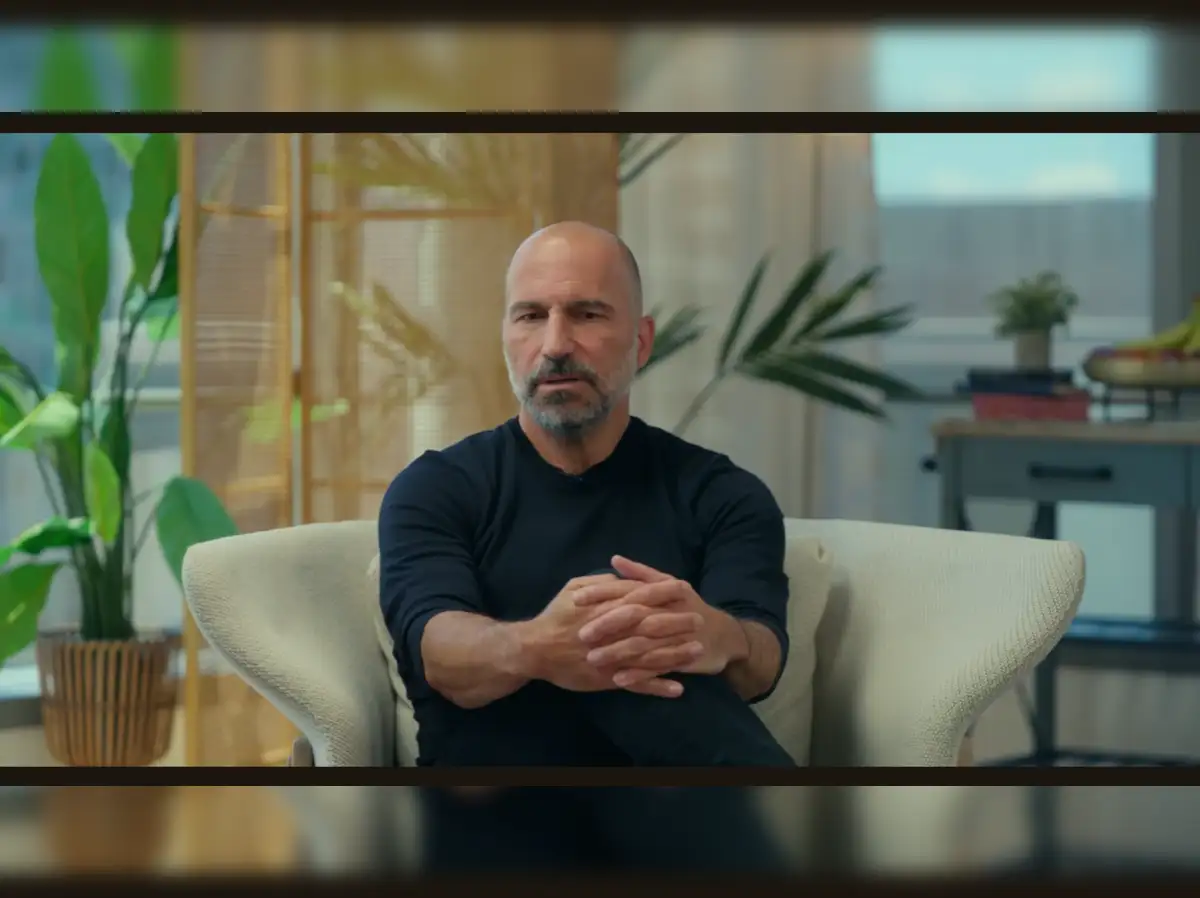

Uber CEO Dara Khosrowshahi has recently identified Rapido, not Ola, as Uber's biggest competitor in the Indian ride-hailing market. This marks a significant shift in the competitive landscape, as Ola was previously considered Uber's primary rival. Khosrowshahi made this statement on Nikhil Kamath's podcast, highlighting Rapido's growing dominance, especially in Tier 2 and Tier 3 cities.
Several factors have contributed to Rapido's rise in the Indian market. Founded in 2015 by Aravind Sanka, Pavan Guntupalli, and SR Rishikesh, Rapido gained initial traction by focusing on bike taxis, offering a cost-effective and efficient mode of transportation, especially in congested urban areas. The company has since expanded its services to include auto-rickshaws and cabs, further increasing its reach and appeal.
One of Rapido's key strategies is offering lower commission rates to drivers compared to Uber and Ola. Reportedly, Uber and Ola charge commission rates of around 18% to 22%, while Rapido's commission rates range from 0% to 5%. This allows drivers to earn more, attracting a larger pool of drivers to the platform and ensuring service reliability. Rapido also utilizes a subscription-based model, providing drivers with a more predictable income.
In contrast, Ola has faced challenges such as product-related setbacks, user complaints, and driver dissatisfaction, particularly in its electric vehicle segment. While Ola is focusing on electric vehicles after its 2024 IPO, its ride-hailing business is reportedly shrinking. For fiscal year 2024, Ola reduced its net losses to ₹328.5 crore, but revenue also decreased to ₹1,906 crore. Uber, on the other hand, has maintained its position in the market, especially in the premium cab segment.
Rapido's focus on affordability and simplicity has helped it build a loyal customer base. By early 2025, over 2 million drivers were using the Rapido platform monthly. The company's strategy of penetrating underserved markets, particularly Tier II and Tier III cities, has also contributed to its growth. In these markets, cheaper rides have helped the company grow faster. While an average Ola or Uber ride costs ₹180 to ₹200, Rapido's average ticket size is just ₹60 to ₹65.
Uber's CEO, Dara Khosrowshahi, has acknowledged that India is one of the most challenging markets for growth. He has stated that if Uber can succeed in India, it can succeed anywhere else. Uber is focused on being lean and focused, and is making strategic investments in mobility and technological innovations. The company is also working on integrating with digital infrastructure and forming strategic collaborations to enhance the user experience.
While Uber leads the cab category with a 50% market share, followed by Ola at 34% and Rapido at 14%, the auto-rickshaw segment presents a different picture. In this segment, Uber holds 40% market share, Ola has 26%, and Rapido is the second-largest player with 31%. Rapido dominates the bike-taxi category with a commanding 56% market share. In terms of app activity, Uber leads with 33.6 million monthly active users (MAUs), followed by Rapido at 31.8 million and Ola at 28.6 million. Rapido also amassed over 33 million new downloads in 2024, outpacing Uber and Ola.
The Indian ride-hailing market is projected to grow at a CAGR of 18.78% during the forecast period FY2025-FY2032. The market is expected to grow from USD 950.66 million in FY2024 to USD 3,766.79 million in FY2032. This growth is driven by the convenience, affordability, and flexibility of ride-hailing services.
As the Indian ride-hailing market continues to evolve, the competition between Uber, Ola, and Rapido is expected to intensify. Rapido's rise as a major player is reshaping the market dynamics, challenging the established players with its efficient ride services and low commission rates. While Uber maintains a strong presence, particularly in the premium cab segment, Rapido's focus on affordability and its dominance in the bike-taxi and auto-rickshaw segments make it a formidable competitor.